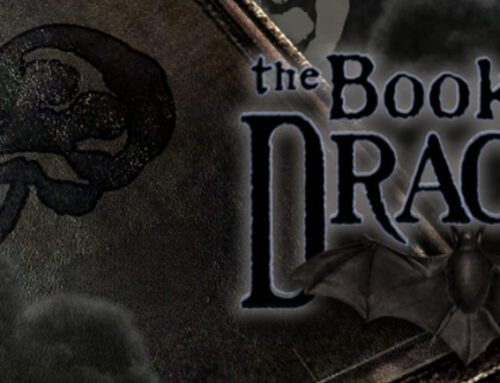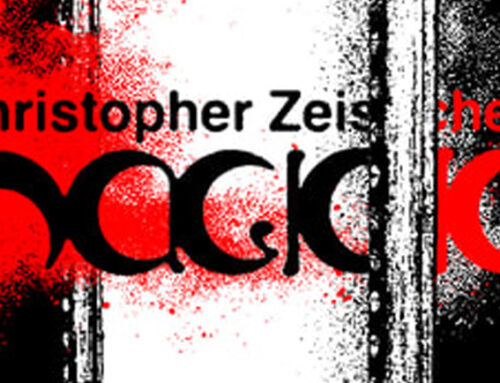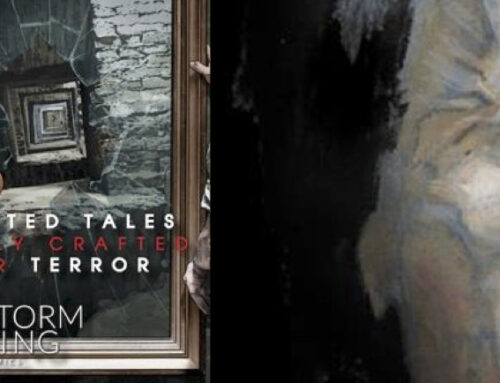The history of horror cinema is vast, beginning with expressionism in the silent film era and undergoing constant cyclical evolution into the modern form of the genre. Gothic horror is well known as the progenitor of the genre at large, but most are only passingly familiar with the second wave of gothic films which helped bridge the gap from Universal’s monsters to the modern horror movie. Enter Nightwalkers: Gothic Horror Movies- Revised Edition, courtesy of Castle Bridge Media– this rereleased history of gothic horror’s silver age seeks to preserve and perhaps to reintroduce an era of horror movies which is often overlooked.
history of horror cinema is vast, beginning with expressionism in the silent film era and undergoing constant cyclical evolution into the modern form of the genre. Gothic horror is well known as the progenitor of the genre at large, but most are only passingly familiar with the second wave of gothic films which helped bridge the gap from Universal’s monsters to the modern horror movie. Enter Nightwalkers: Gothic Horror Movies- Revised Edition, courtesy of Castle Bridge Media– this rereleased history of gothic horror’s silver age seeks to preserve and perhaps to reintroduce an era of horror movies which is often overlooked.
A note before we go further– the title of the original release of Nightwalkers included the byline The Modern Era. This is to say that the book does not cover the first wave of gothic films from the 1920s through the 40s and is instead entirely concerned with Hammer Films, AIP, and the second wave of Gothic films from the late fifties through to the early seventies. If you’re not familiar, have no fear! Bruce Lanier Wright does a solid job recounting the rise of the major studios involved in the gothic revival before digging into the movies themselves, so even those with no prior knowledge will have enough context to get their bearings.
The book starts with introductions to the material and general history of Hammer Films and AIP. If I’m honest, the introduction and epilogue in which Wright offers his thoughts on what should be considered horror and the future of gothic media might be the weakest part of Nightwalkers. It’s clear that the author has a deep love of the subject matter, but his need to differentiate “horror” from “terror” with regards to modern films and their reliance on gore and physical threat rather than a wondrous unknown and the more esoteric evils therein feels dismissive and unnecessary.
Moving right along, the bulk of the book is broken up into chapters based on the subject of the movies, ranging from Frankenstein and Dracula to the Corman Poe adaptations and beyond. Each entry includes a synopsis of the film and a section on its history and production. Wright’s writing is captivating enough and he does a great job chronicling a huge amount of films, providing review scores and anecdotes abound. Be forewarned, as this is essentially an academic read it can be a bit dense, especially in some of the more “inside baseball” discussions of certain productions. Ultimately, you’ll walk away from Nightwalkers with a great deal of knowledge about the gothic revival, from its major players and motifs to its production and distribution.
What jumped out at me most throughout the book (outside of the gorgeous stills and photos strewn all over) was being able to follow the truly prolific careers of the gothic horror greats. It’s one thing to know that Christopher Lee famously took up Lugosi’s mantle as Dracula, but it’s another thing entirely to see just how many horror films the man was a part of across multiple franchises and vastly different roles. The same can be said of Peter Cushing and other key figures in the movement– you really come away with the feeling that this was a tight-knit group of people producing art together. Nightwalkers is well worth a read for anyone interested in the history and development of horror (if you’re reading this, we’ll assume that’s you), it’s chock full of information and vivid photos not to be missed. Who knows, you may even find a few new favorites along the way.
Rating 8 out of 10







